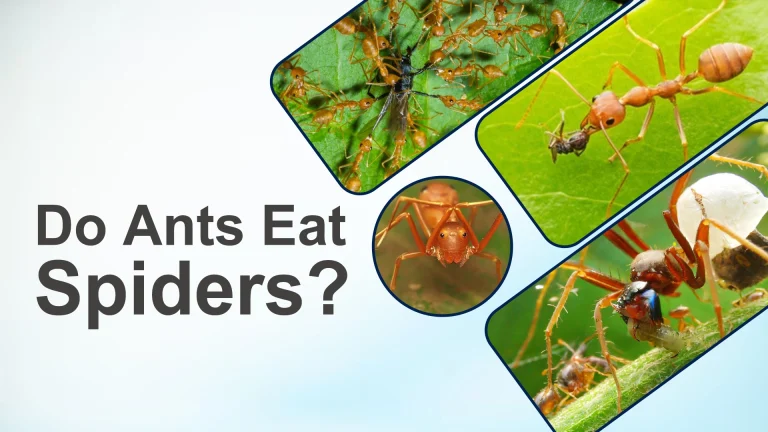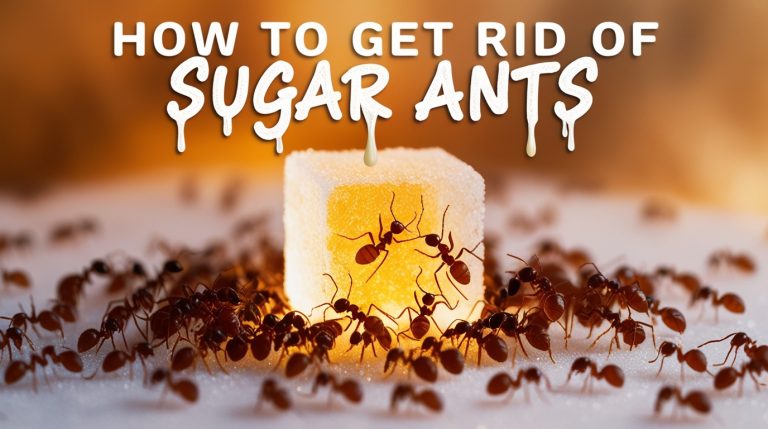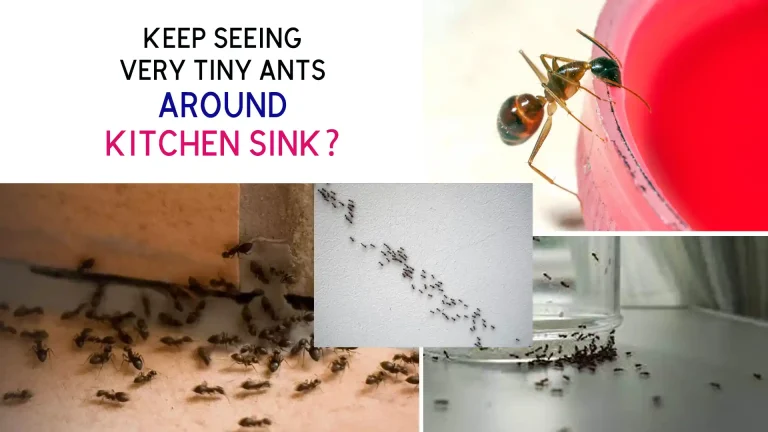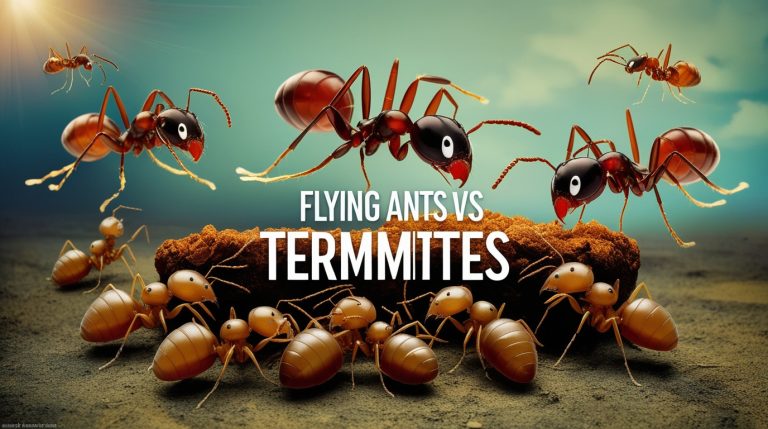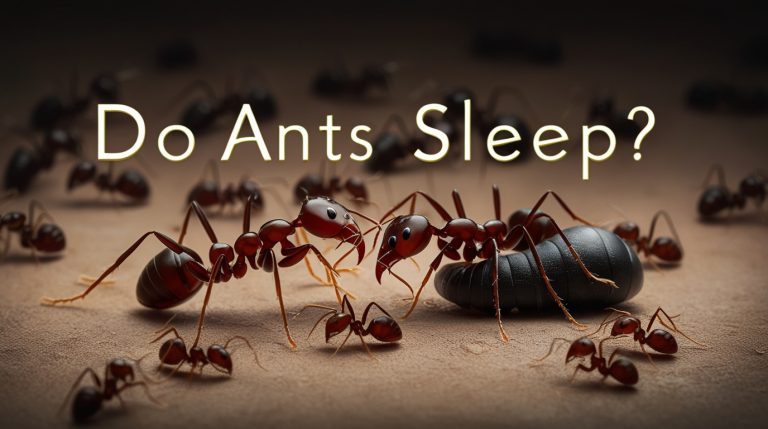Do Ants Eat Bees?: Ants vs Bees
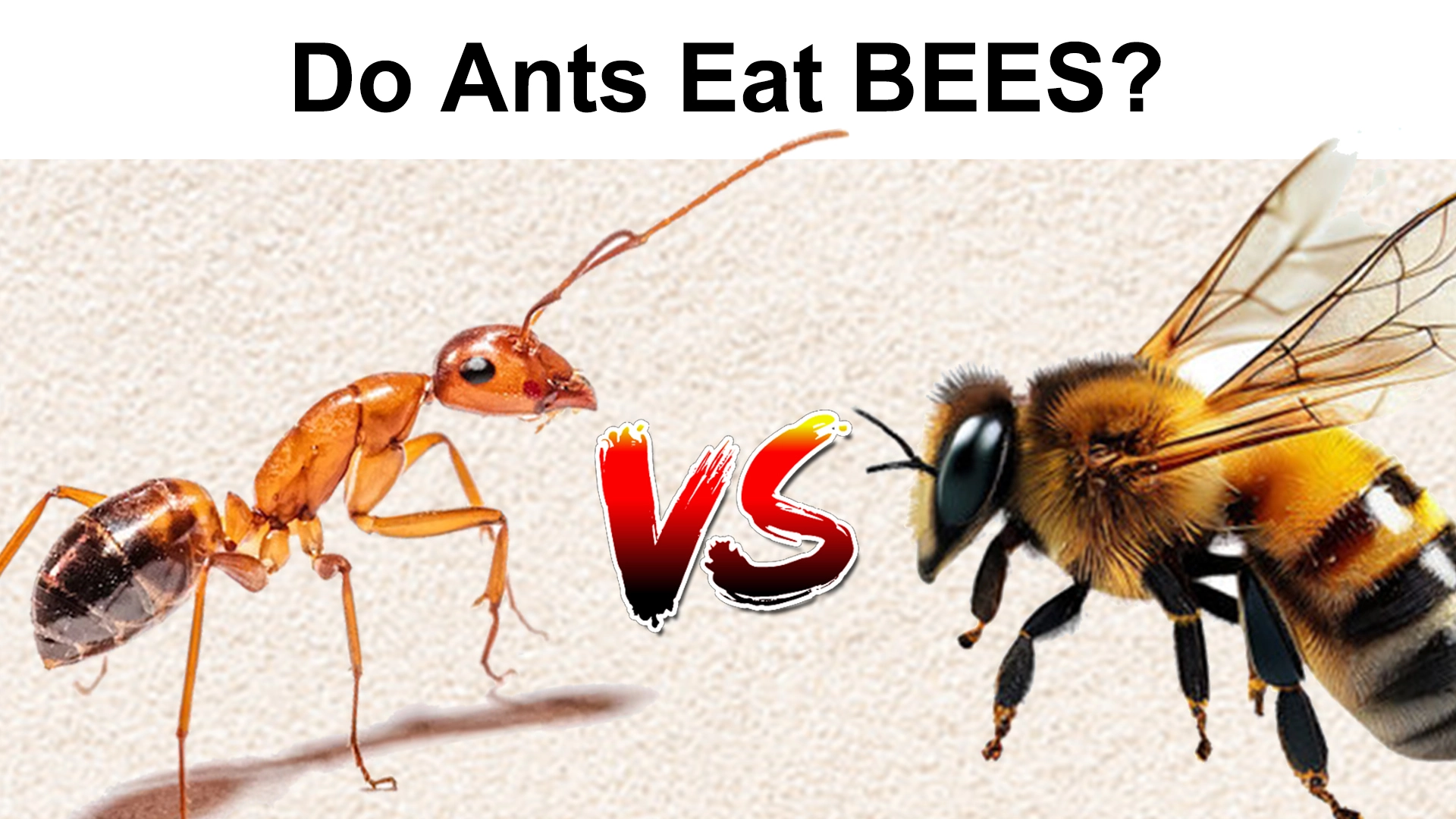
As a beekeeper, having ants congregate near your beehives is troubling. You may worry the ants are attacking and consuming your bees. But what is the true dynamic between ants and bees? Do ants eat bees really and pose any threat to your bee colony?
This extensive article explores whether ants eat bees, why ants are attracted to hives, and most importantly – proven methods to defend your precious bees from ant invaders.
Do Ants Eat Honey Bees?
One of the most frequent questions from beekeepers is “Do ants eat my honey bees?” Since ants will eat other insects, it seems plausible they would feast on bees too.
The basic answer is yes – ants absolutely can and will kill and eat honey bees when the opportunity presents itself.
As omnivores, ants have a varied diet that includes other insects like bees. When ant colonies encounter vulnerable insect prey, they take full advantage.
Solitary bees outside of the hive make for easy pickings. Scout ants rapidly swarm unprotected bees, stinging them into submission and carrying them back to the ant colony as nutritious food. The ant brood and queen then feed on the protein-rich bee prey.
So in cases where bees are isolated from the safety of the hive, ants certainly will eat them. But preying on stray bees is only part of the story…

Do Ants Attack Bee Hives?
While ants will readily eat vulnerable solitary bees, invading and eating bees within an active bee colony is another matter entirely.
In reality, ants are simply not equipped to breach the cavity of a healthy, well-defended beehive to access the bees and honey inside.
Honey bee colonies have specialized structural and behavioral adaptations that prevent ants from penetrating into the hive itself:
- Guard bees fiercely defend the hive entrance against any intruder, quickly attacking ant scouts that get too close.
- Bees rapidly detect and seal up any small gaps in the hive walls that ants could try to exploit as entry points.
- If ants do happen to get inside the hive, bees swiftly identify the threat and respond with intense stinging counterattacks.
- Honey bees have barbed stingers that both injure ants and release alarm pheromones to call more defender bees.
Ants cannot overcome these sophisticated honey bee defenses. The guard bees and workers in the hive interior rapidly identify and repel any attempted ant invasions.
So while ants will prey on exposed bees outside the colony, they do not directly invade hives to access and eat the bees or their precious honey stores inside. But why are ants still so commonly seen around beehives?
Why Are Ants Attracted to Beehives?
It’s very common for beekeepers to spot ants congregating nearby or even inside the outer sections of their beehives. But if the ants aren’t after the bees or honey stores, what compels them to frequent bee colonies?
Ants cluster around beehives because they provide access to two tempting and nutritious ant food sources:
1. Pollen – Foraging worker bees return to the hive covered in protein-rich pollen pellets collected from flowers. In the busy traffic near the hive entrance, some of these pollen grains fall onto the ground. Ants rapidly gather up these nutritious crumbs.
2. Honeydew secretions – While gathering nectar, bees sometimes excrete drops of sugary honeydew from their stomachs as waste. This sweet treat is like candy to carbohydrate-craving ants.
While unable to penetrate into the deeper hive itself, ants can capitalize on these protein and sugar-rich deposits found just outside of bee colonies.
So rather than directly preying on live bees, most ants near hives are simply looking to take advantage of the nutritious pollen and honeydew made available by the activity of the bee colony.
However, some extremely aggressive and invasive ant species like fire ants may still attempt to find any possible way into the hive to access the honey, pollen and bee larvae inside. Fortunately, honey bees have very effective defenses to keep even these most persistent ants at bay.
Now that you understand why ants are attracted to beehives, let’s explore proven methods to defend your precious bees.
How to Get Rid of Ants From Beehives
Having ants congregating near or inside your beehives is annoying at best and potentially threatening at worst. Here are effective methods to deter ants and prevent them from accessing your bee colonies:
Use Physical Barriers Around the Hive
- Wrap hive stand legs with masking tape or duct tape to create slippery surfaces ants cannot climb across.
- Elevate hive stands on cinder blocks, bricks or joists to eliminate direct climbing access for ants.
- Coat hive legs and surfaces with thick petroleum jelly or grease to block ants from entering the hive. Reapply after rain.
- Install liquid moats lined with soapy water around hive stands to deter crawling insects like ants.
Eliminate Nearby Ant Food Sources
- Routinely clean up any pollen spills, honey drips or debris near hives that could attract ant swarms.
- Use internal hive feeders so open nectar sources do not also feed ants.
- Adjust hive entrances to smaller openings that allow bee passage but deter ants from entering.
Employ Natural Repellents Around Beehives
- Sprinkle cinnamon, red pepper flakes, garlic powder and other spices liberally around hives to repel ants. Replenish frequently.
- Spray hive exteriors and nearby soil with diluted essential oils like peppermint, lemongrass or clove which strongly deter ants.
- Dust diatomaceous earth powder around hive entry points and ant trails. The sharp particles damage ants’ exoskeletons.
Consider Targeted Pesticide Applications
For severe ant infestations, applying targeted pesticides may be warranted. Exercise extreme caution to prevent bee exposure:
- Place ant bait stations around the apiary – ants carry the poisons back to the central colony and queen.
- Lightly dust hive components with food-grade diatomaceous earth which physically damages ants.
- Use borax powder directly on ant trails and congregation areas near hives to eliminate ants.
What Ant Species Eat Honey Bees?
While all ant species will consume protein-rich honey bees when possible, some ant varieties are more prone to preying on vulnerable bees or even attempting to invade hives:
Fire Ants:
- Painful fire ant stings help them overwhelm bees, allowing them to prey on injured bees outside the hive.
- Fire ants may also attempt to invade a beehive, attracted by the honey and bee brood inside.
Carpenter Ants:
- Some carpenter ant species actively prey on bees, while others only damage wooden hive components.
Argentine Ants:
- Argentine ants do not directly attack bees, but may sneak into hives purely to access the stored honey.
Crazy Ants:
- Highly invasive, these ants swarm and consume any solitary bees they find outside the hive.
Army of Ants:
- Known as “legion ants,” they attack other insects in huge swarms. An army ant raid could potentially threaten even a strong bee colony.
Can Honey Bees and Ants Coexist?
In nature, ants and bees inevitably overlap in many shared environments. Both ant and bee species play vital roles as prolific pollinators in ecosystems.
However, beekeepers must take proactive steps to protect their managed honey bee hives located near native ant populations:
Prevent Hive Access Points:
- Seal any small gaps in hive walls that sneaky ants could exploit to enter the colony.
- Ensure the hive is elevated on a stand with the legs coated in petroleum jelly or grease to block ants.
Remove Nearby Ant Access Routes:
- Prune back vegetation and branches touching the hive which ants could use as bridges.
- Keep bushes, plants and trees from encroaching on the hive space.
Eliminate Food Sources:
- Routinely clean up any spilled pollen or honey drips around the apiary that would attract ants.
- Manage hive entrances to prevent bee detritus buildup outside the colony.
Use Targeted Repellents:
- Dust diatomaceous earth at hive entrances and on ant trails to deter ants from approaching the hives.
- Spray natural essential oil repellents on hive exteriors to disrupt ant scent trails.
With proper precautions, honey bee colonies and ant colonies can sustainably coexist. But beekeepers must actively defend their hives against opportunistic ants.
The Bottom Line: Do Ants Eat Bees?
In summary, here are the key points on ants eating and interacting with bees:
- Ants readily kill and consume isolated honey bees that are separated from the safety of the colony.
- However, ants cannot overcome the structural defenses and specialized behaviors of honey bees within a hive.
- Ants are often attracted to beehives by the available nutritious pollen and sugary honeydew deposits located just outside.
- But some highly aggressive ant species may still attempt to find ways to access the interior hive.
- Multiple techniques like barriers, eliminating food sources and targeted repellents can effectively protect hives.
While ants do prey on vulnerable bees in nature, managed bee colonies can be safeguarded with knowledge and proper hive maintenance. Understanding this complex dynamic allows beekeepers to defend their hives.

